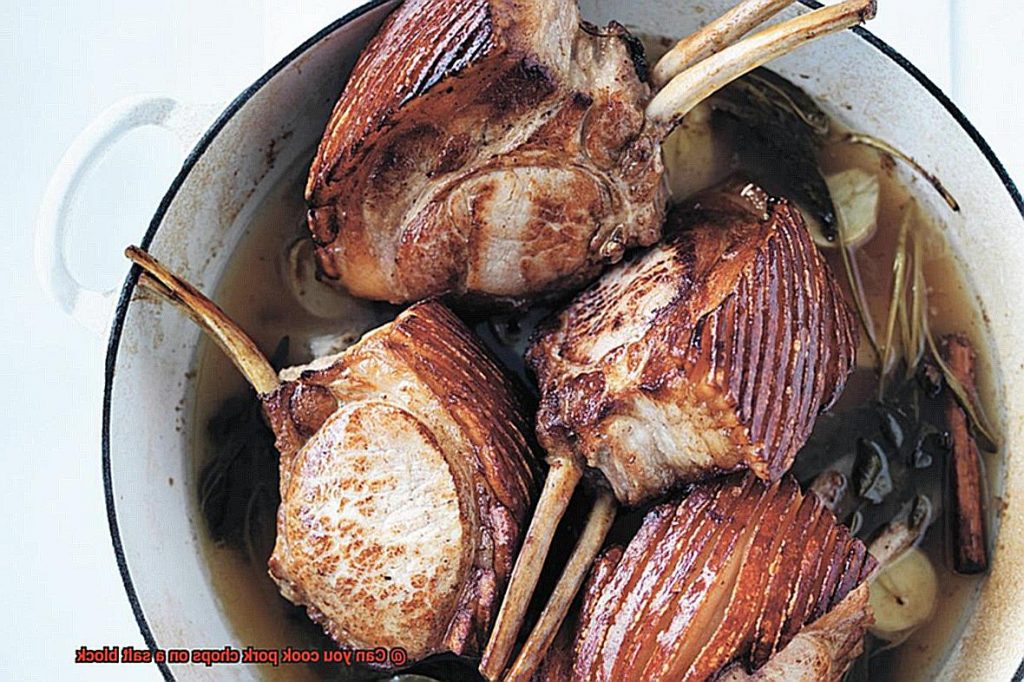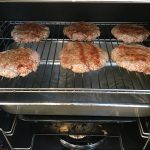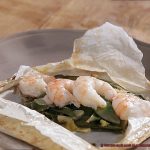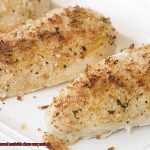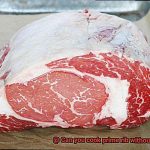Are you tired of the same old pork chops every week? Want to add some spice to your kitchen and try something new? Well, have you ever considered cooking pork chops on a salt block? Yes, you read that right – a salt block. It may sound unconventional, but trust us, it’s an exciting way to cook pork chops that adds an elegant touch to your dinner table while enhancing their flavor.
Cooking on a salt block is an age-old technique used for centuries in many cultures. The process involves heating a large Himalayan salt block to high temperatures and then cooking your food on it. This method not only enhances the flavor of the food but also infuses it with a subtle salty taste.
In this blog post, we’ll explore whether you can cook pork chops on a salt block. We’ll dive into the benefits of this cooking technique, how to prepare your pork chops for cooking, and how to clean and maintain your salt block for long-term use. So sit back, relax, and get ready to learn about this fascinating culinary method that will undoubtedly impress your family and friends at your next dinner party.
Contents
Benefits of Cooking Pork Chops on a Salt Block
If you’re looking to take your pork chops to the next level, cooking them on a salt block might be just the trick. This technique has been gaining popularity among grill enthusiasts, and for good reason. Not only does it add a unique flavor to the meat, but it also helps to retain moisture, provides an even cooking surface, and promotes healthier meals. Let’s take a closer look at the benefits of cooking pork chops on a salt block.
Unique Flavor
Himalayan pink salt, which is used to make salt blocks, is known for its distinct flavor and mineral content. When heated, the salt crystals slowly seep into the meat, adding a subtle but distinct flavor that enhances the natural taste of the pork. Imagine juicy pork chops with a delicious and savory taste that’s sure to impress your taste buds.
Retains Moisture
Cooking pork chops on a salt block helps to retain moisture in the meat. The salt acts as a natural barrier, preventing the juices from escaping and ensuring that the pork chops remain succulent and tender. This is especially important when cooking lean cuts of meat like pork chops, which can easily become dry and tough if not cooked correctly.
Even Cooking Surface
Cooking on a salt block also provides an even and consistent cooking surface, ensuring that the pork chops are cooked evenly throughout. Unlike traditional grilling methods, where the meat can be exposed to hot spots or flare-ups, cooking on a salt block provides a stable and controlled cooking environment. The result? Perfectly cooked pork chops every time.
Promotes Healthier Meals
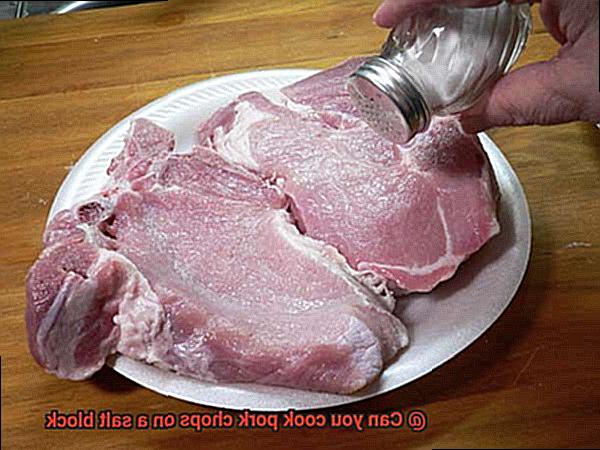
Using a salt block for cooking pork chops can also lead to healthier meals. Since it requires no added fats or oils to prevent sticking, it’s an ideal option for those looking for healthier cooking alternatives. Additionally, since the salt block is heated to high temperatures before cooking, any bacteria or germs on the surface are eliminated, resulting in safer and more hygienic cooking.
Choosing the Right Type of Pork Chop for Cooking on a Salt Block
Choosing the right type of pork chop is crucial for a successful outcome.
When selecting pork chops for cooking on a salt block, thickness is an important consideration. Thin cuts tend to cook faster and may dry out on the salt block. It’s best to choose thicker cuts of pork chops, about 1 to 1.5 inches thick. Thicker cuts will allow you enough time to cook the meat thoroughly without losing its juiciness.
Another important factor to consider is the fat content of the pork chop. While leaner pork chops may seem like a healthier choice, they can easily become overcooked and dry on a salt block. Instead, opt for pork chops with some marbling or fat content, such as bone-in pork chops or rib chops. The fat will help keep the meat moist and tender as it cooks on the salt block.
It’s also essential to select high-quality pork chops from a reputable source. Look for chops that are pinkish-red in color with a small amount of white marbling throughout the meat. Avoid chops that are discolored or have an excessive amount of fat, as this can negatively impact the flavor and texture of your dish.
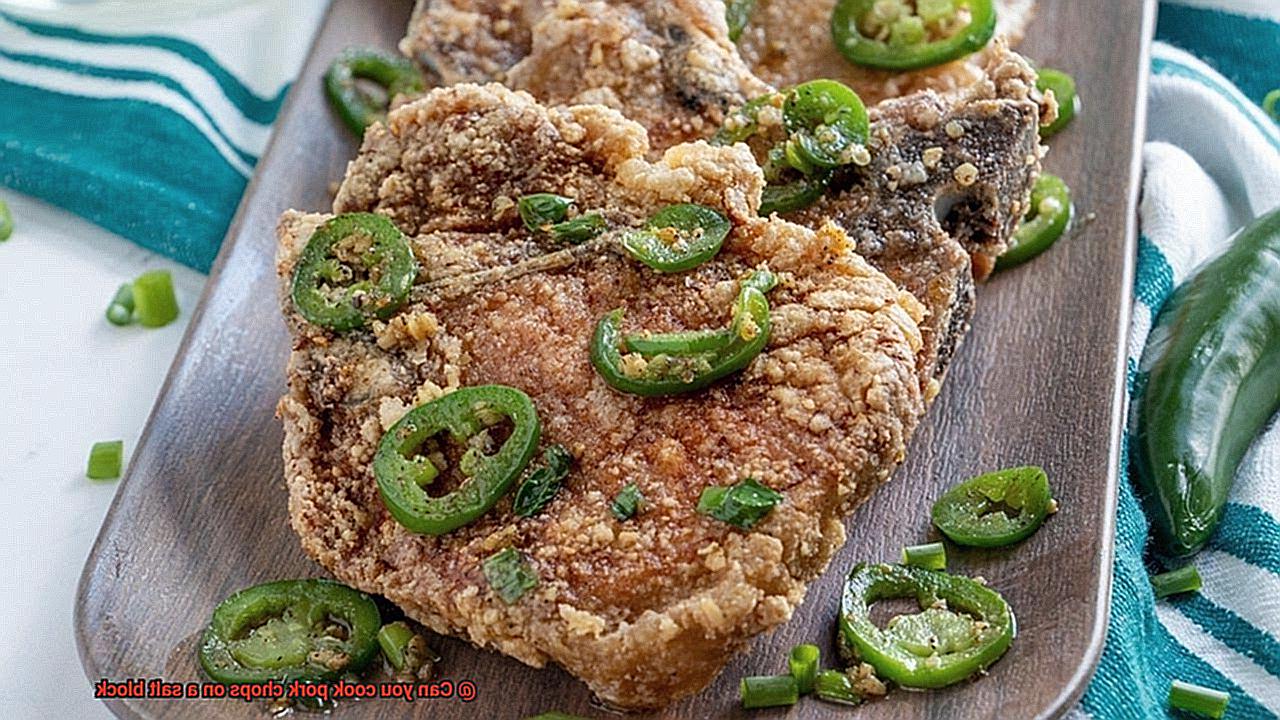
To summarize, when selecting pork chops for cooking on a salt block, consider thickness, fat content, and quality. To make it easier for you, here’s a list of things to keep in mind:
- Choose thicker cuts of pork chops (1-1.5 inches thick)
- Opt for pork chops with some marbling or fat content (such as bone-in or rib chops)
- Select high-quality pork chops from a reputable source
- Look for pinkish-red meat with some white marbling
Preparing the Pork Chops Before Placing Them on the Salt Block
Cooking them on a salt block is the perfect solution, but before you get started, it’s important to properly prepare the pork chops for optimal flavor and texture.
To begin, make sure your pork chops are at room temperature before cooking. This allows for even cooking and prevents the meat from being shocked by sudden temperature changes. Let them sit out of the fridge for about 30 minutes before getting started.
Once they have reached room temperature, it’s time to pat those chops dry with paper towels. Moisture on the surface of the meat will prevent the salt block from searing it properly, so make sure they’re nice and dry. After that, season them with your desired spices – but keep it simple. Salt and pepper are usually enough to bring out the natural flavor of the meat. However, if you’re feeling adventurous, add in some garlic powder, onion powder or paprika for that extra kick.
Before placing the pork chops on the salt block, give them a light coating of oil. This helps prevent sticking and aids in the searing process. Canola or vegetable oil are good options with high smoke points that won’t burn on the hot salt block.
Now comes the exciting part – cooking time. Be sure not to overcrowd the salt block as this can cause uneven cooking and result in meat sticking to the block. Give each pork chop enough space to cook evenly without sticking. Once they’re on the block, let them cook for a few minutes on each side until they reach your desired level of doneness.
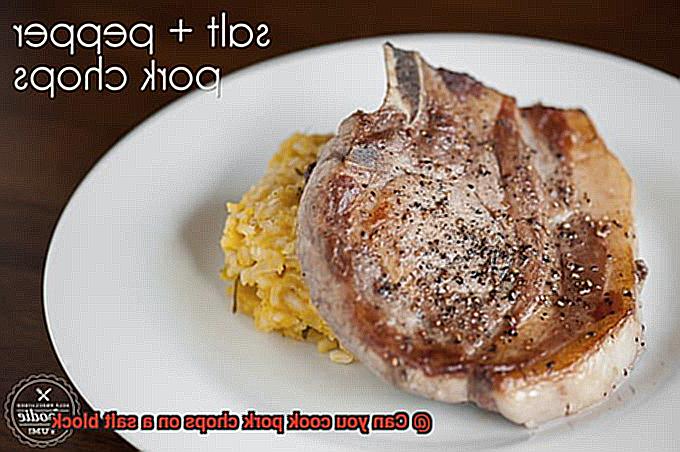
How to Preheat the Salt Block Properly
Cooking pork chops on a salt block can be a delicious and unique way to elevate your meal. However, to ensure that the pork chops cook evenly and thoroughly, it’s crucial to preheat the salt block properly. In this post, we’ll guide you through how to preheat a salt block for cooking pork chops with five easy steps.
Step 1: Choose the Right Salt Block
When selecting a salt block, opt for a high-quality Himalayan pink salt block that is at least 1.5 inches thick. Thinner blocks can crack or break easily when heated, so investing in a durable block is essential.
Step 2: Heat the Salt Block Slowly
To avoid damaging your salt block, start by placing it on a cold grill or stovetop. Set the heat to low or medium and let the block heat up gradually for about 15 minutes. Rapid temperature changes can cause the block to crack or even explode, so slow heating is critical.
Step 3: Increase the Heat Gradually
After 15 minutes, increase the heat to medium and continue heating for another 15 minutes. Finally, increase the heat to high and heat the salt block for an additional 15 minutes. This gradual increase in temperature allows the salt block to heat evenly and prevents sudden temperature changes that can cause damage.
Step 4: Use a Thermometer
To ensure that your salt block has reached the ideal temperature for cooking (between 400-450°F), use a thermometer. Insert it into the center of the block and wait for it to register the temperature. This step will ensure even cooking and prevent undercooked or overcooked pork chops.
Step 5: Start Cooking.
Once your salt block has reached the desired temperature, it’s time to start cooking. Place your well-seasoned pork chops on top of the salt block and allow them to cook for about 3-4 minutes per side. The high heat of the salt block will sear the outside of the pork chops, creating a crispy crust while keeping the inside juicy and tender.
Tips for Cooking Perfectly Seared Pork Chops on a Salt Block
Cooking pork chops on a salt block is a unique and impressive way to prepare this classic dish. Not only does it add flavor to the meat, but it also creates an eye-catching presentation for your guests. However, cooking on a salt block can be intimidating for some, especially when it comes to achieving that perfect sear on the pork chops. Here are some tips on how to cook perfectly seared pork chops on a salt block.
Choose the Right Type of Pork Chop
Choosing the right type of pork chop is crucial to achieving perfectly seared pork chops on a salt block. Bone-in pork chops are the best choice as they have more fat and moisture, which helps keep them tender and juicy during the cooking process. It is also important to select chops that are at least one inch thick, as thinner chops tend to dry out when cooked on a salt block.
Preheat Your Salt Block Properly
To achieve that perfect sear on your pork chops, it’s important to preheat your salt block properly. Place the salt block on a grill or stovetop and gradually bring up the temperature. Let the block heat for at least 30 minutes before cooking your pork chops.
Lightly Season Your Pork Chops
When preparing your pork chops, it’s important to season them lightly with salt and pepper. The salt block will add its own flavor, so you don’t want to overpower the dish with too much seasoning. You can also add some herbs or spices for additional flavor.
Sear Your Pork Chops Properly
Searing your pork chops properly is essential for creating a crispy and flavorful crust on the outside while keeping the inside tender and juicy. It is recommended to cook each side of the pork chops for about 2-3 minutes, depending on their thickness. To ensure even cooking, rotate your pork chops periodically during cooking.
Let Your Pork Chops Rest Before Serving
Letting your pork chops rest before serving is important as it allows the juices to redistribute throughout the meat, resulting in a more tender and flavorful dish. Cover them with foil for a few minutes before slicing and serving.
What to Avoid When Cooking Pork Chops on a Salt Block
If you’re looking for a unique and flavorful way to cook pork chops, using a salt block is an excellent option. However, it’s important to avoid certain mistakes when cooking on a salt block to ensure that your meal turns out perfectly every time. Here are five things to avoid when cooking pork chops on a salt block.
Over-salting the Pork Chops
One of the biggest mistakes you can make when cooking on a salt block is over-salting your pork chops. The salt block itself will naturally impart flavor and seasoning to the meat, so adding extra salt could result in an unpleasant overly salty taste. Instead, stick with a simple seasoning of salt, pepper, and olive oil to enhance the natural flavor of the pork.
Using Too Much Oil or Fat
Another mistake to avoid is using too much oil or fat when cooking on a salt block. The salt block will provide enough seasoning and flavor to the pork chops, so using excessive oil or fat can cause the meat to become greasy and unappetizing. It’s best to use just enough oil to prevent sticking.
Using High Heat
While salt blocks are designed to withstand high temperatures, it’s important to avoid using high heat when cooking on a salt block. Starting with low heat and gradually increasing it as needed is the best approach. Using high heat can cause the salt block to crack or shatter, ruining your meal and potentially causing injury.
Flipping Too Frequently
When cooking on a salt block, it’s important to avoid flipping your pork chops too frequently. Flipping too often can cause the meat to stick to the salt block and break apart, resulting in an unevenly cooked and unappetizing dish. Instead, let your pork chops cook for 3-4 minutes on each side before flipping.
Harsh Cleaning Agents or Soaking in Water
Finally, it’s important to avoid using harsh cleaning agents or soaking your salt block in water for extended periods of time. Salt blocks are porous and can absorb liquids easily, so soaking them can cause them to break down over time. Instead, use a soft brush or cloth and warm water to clean your salt block after each use.
Cleaning and Maintaining Your Salt Block After Use
You’ve just cooked a mouth-watering meal on your salt block, and now it’s time to clean and maintain it properly to ensure it lasts for a long time. Follow these simple steps to keep your salt block in tip-top shape.
First and foremost, let the block cool down completely before cleaning it. Attempting to clean a hot block can result in cracks or damage, which we don’t want. Once cooled, use a damp cloth or sponge to wipe down the surface gently. Do not use soap or detergent as this can damage the block and alter its flavor properties. If there are any stubborn bits of food stuck on the surface, use a plastic scraper to remove them.
It’s essential to allow your salt block to air dry completely before storing it. Avoid putting a wet salt block away as this can cause it to crack or dissolve over time. Once dry, store it in a cool, dry place away from any moisture.
To maintain your salt block’s effectiveness, regularly heat it up and allow it to cool down properly. This process helps prevent any moisture buildup and ensures that the block stays in good condition. Heat up the block by placing it on a grill or stovetop burner on low heat for about 15-20 minutes.
9Nh4rqVr1Pc” >
Conclusion
In conclusion, cooking pork chops on a salt block is a culinary adventure that will take your taste buds on a journey they won’t forget. This ancient technique has been used for centuries in various cultures and has gained popularity among grill enthusiasts due to its numerous benefits. Not only does it enhance the flavor of the meat, but it also promotes healthier meals by eliminating the need for added fats or oils.
Choosing the right pork chops is crucial when cooking on a salt block. Opt for bone-in pork chops with higher fat content and moisture levels to ensure tender and juicy results.
Properly preheating your salt block is key to achieving perfectly seared pork chops. Gradually increasing the heat over time will ensure even cooking and prevent damage to your precious block.
To avoid common mistakes such as over-salting or using too much oil or fat, stick with simple seasonings like salt, pepper, and olive oil. The natural flavors of the meat will shine through without overpowering them.
Lastly, cleaning and maintaining your salt block after use is essential to ensure its longevity. Avoid using soap or detergent when cleaning it, and allow it to air dry completely before storing it in a cool, dry place away from any moisture.
Overall, cooking pork chops on a salt block is an intriguing culinary method that will undoubtedly impress your guests while providing deliciously succulent results.

